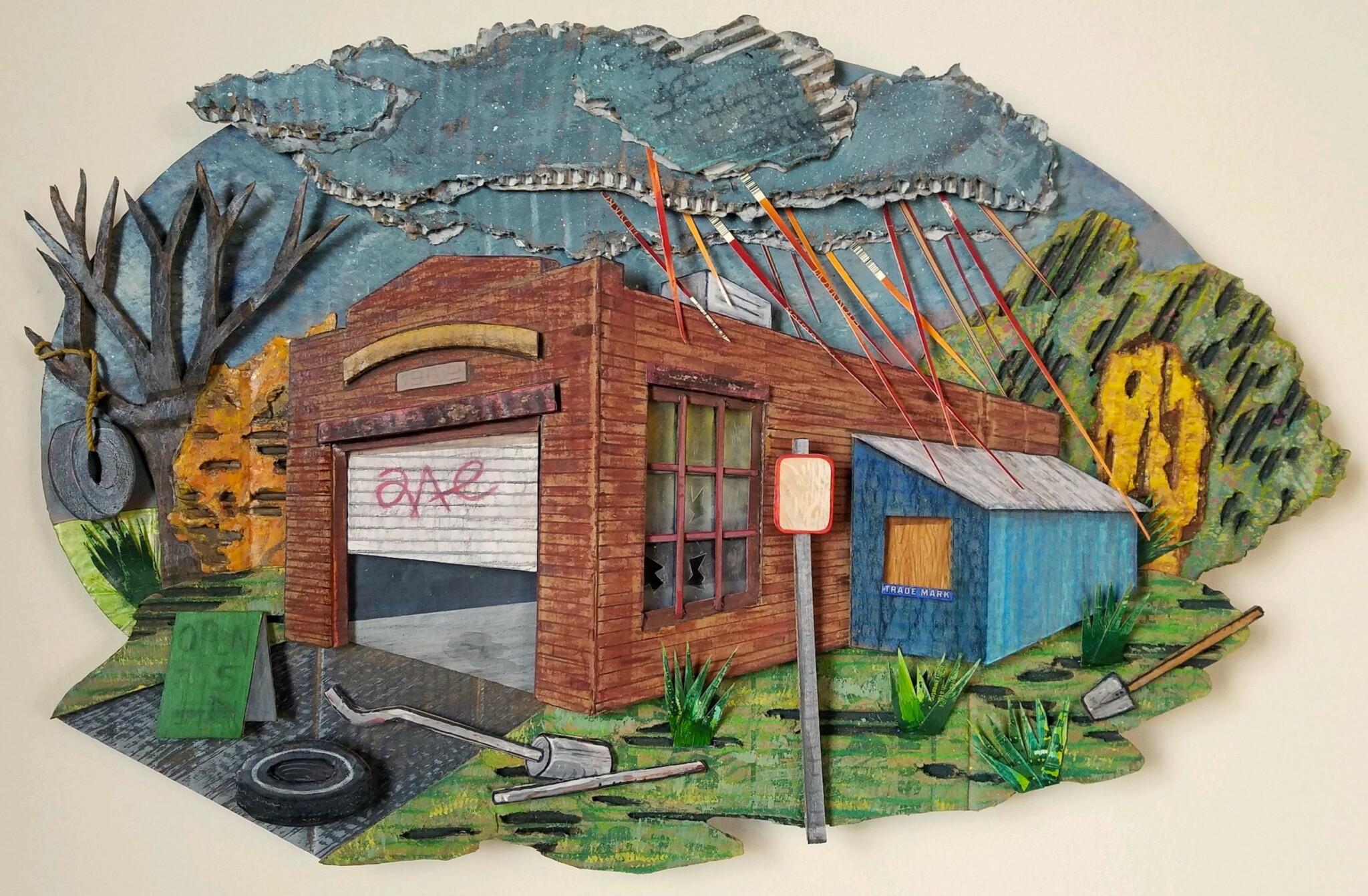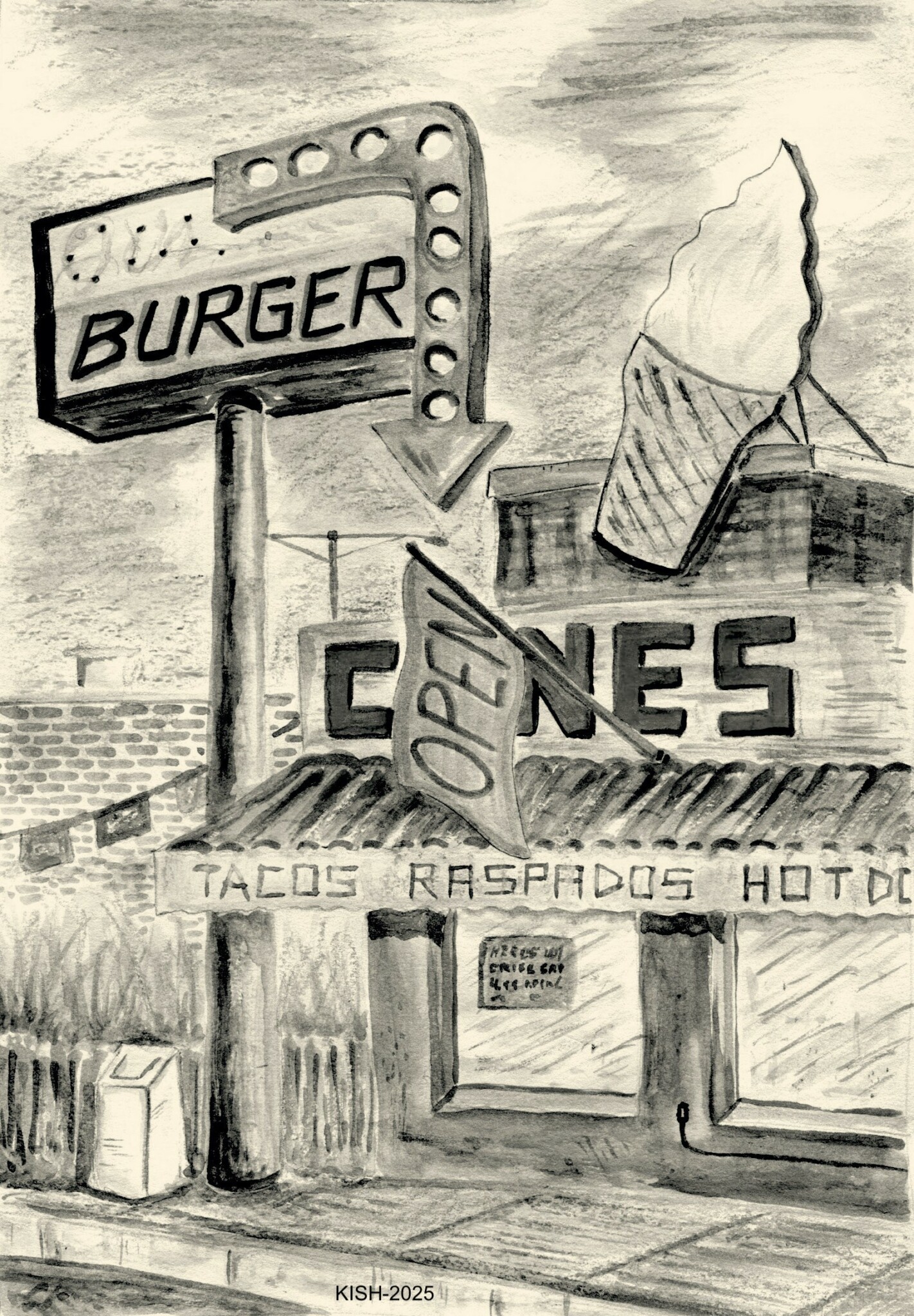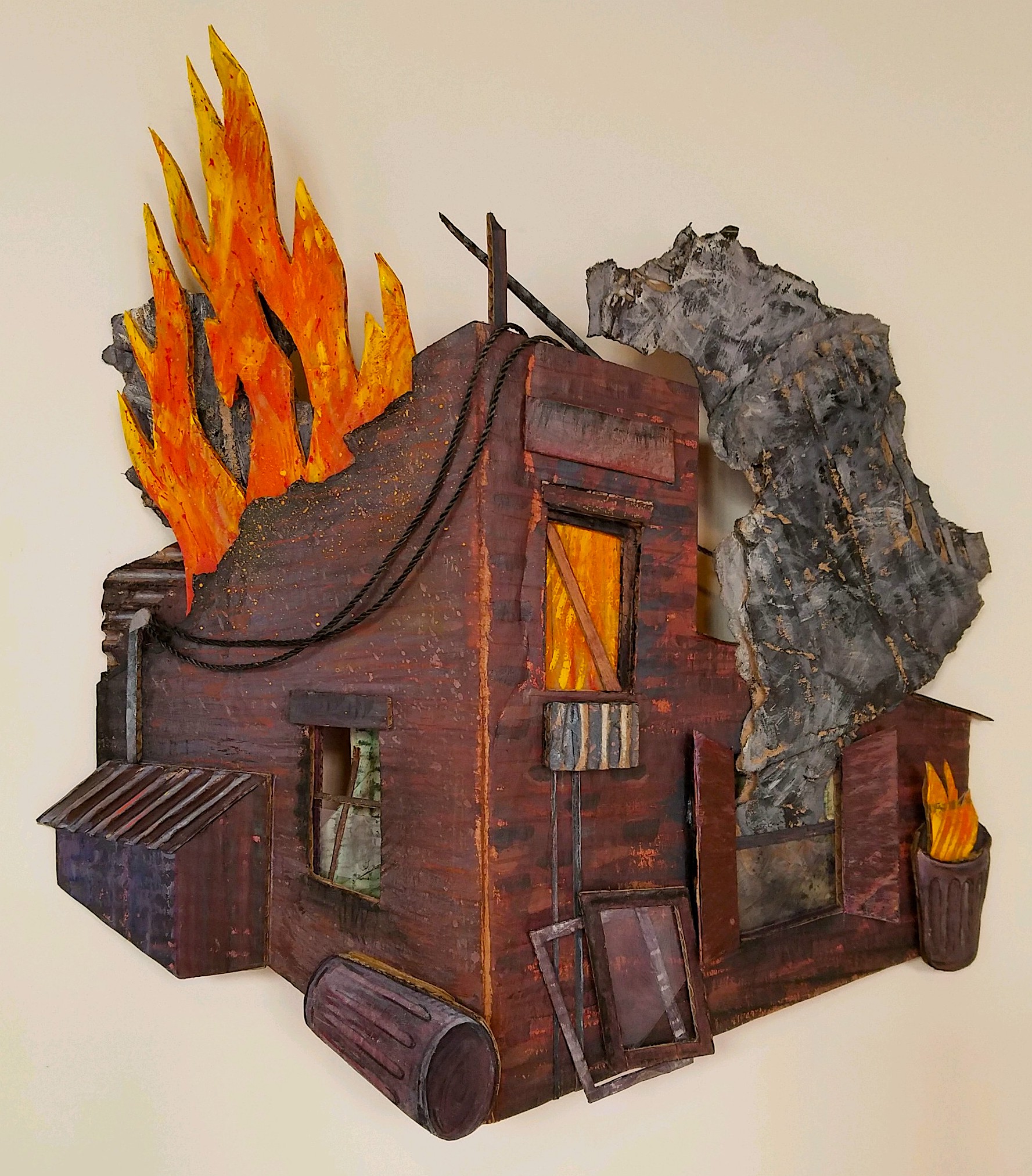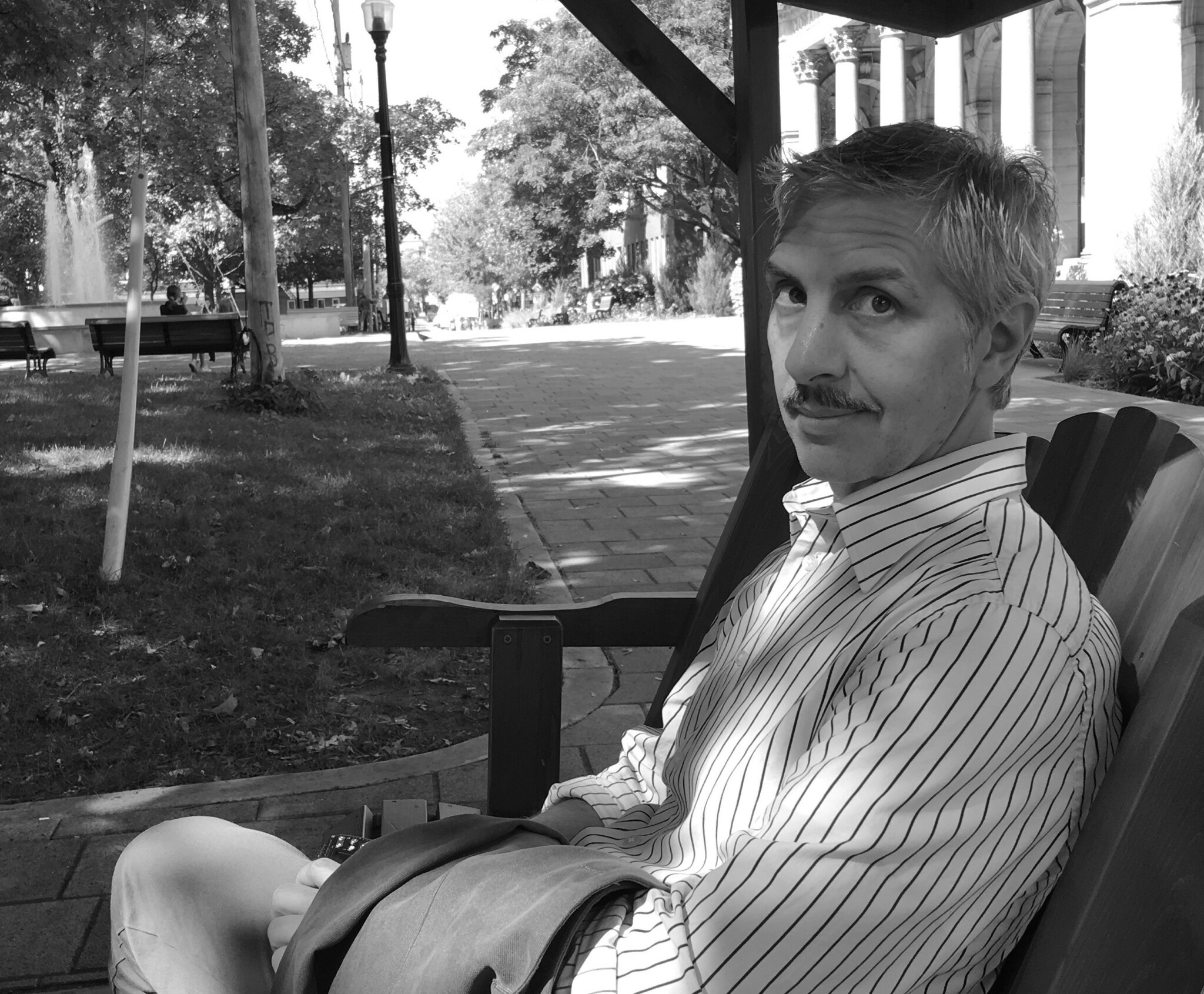We caught up with the brilliant and insightful Dave Kish a few weeks ago and have shared our conversation below.
Hi Dave, thanks for joining us today. When did you first know you wanted to pursue a creative/artistic path professionally?
I had an epiphany when I moved away from my hometown in Pennsylvania, down to the Art Deco District of Miami Beach. It was the Art Deco architecture that blew my mind at first – the buildings all looked like birthday cakes, painted in wild colors with crazy details. I’d never seen anything like the sheer exuberance of those buildings, and they really spoke to me. I mean, they showed me that it was okay to be free-spirited and expressive. That it was okay to indulge my creative side. I also met people down there who made money doing things they enjoyed, and it was the first time I had met people who lived that way.
Just one problem: I was enrolled in law school at the time! Well, within a few months I had withdrawn from law school, and gone back to my alma mater for a second college degree, this time in architecture. Immediately after graduation, I landed my first creative gig designing and building a stage set for the local theater company. Then, I packed my old oak drafting table into a moving truck and drove to Los Angeles in search of the next project. That was thirty years ago, and it’s been quite a ride since!
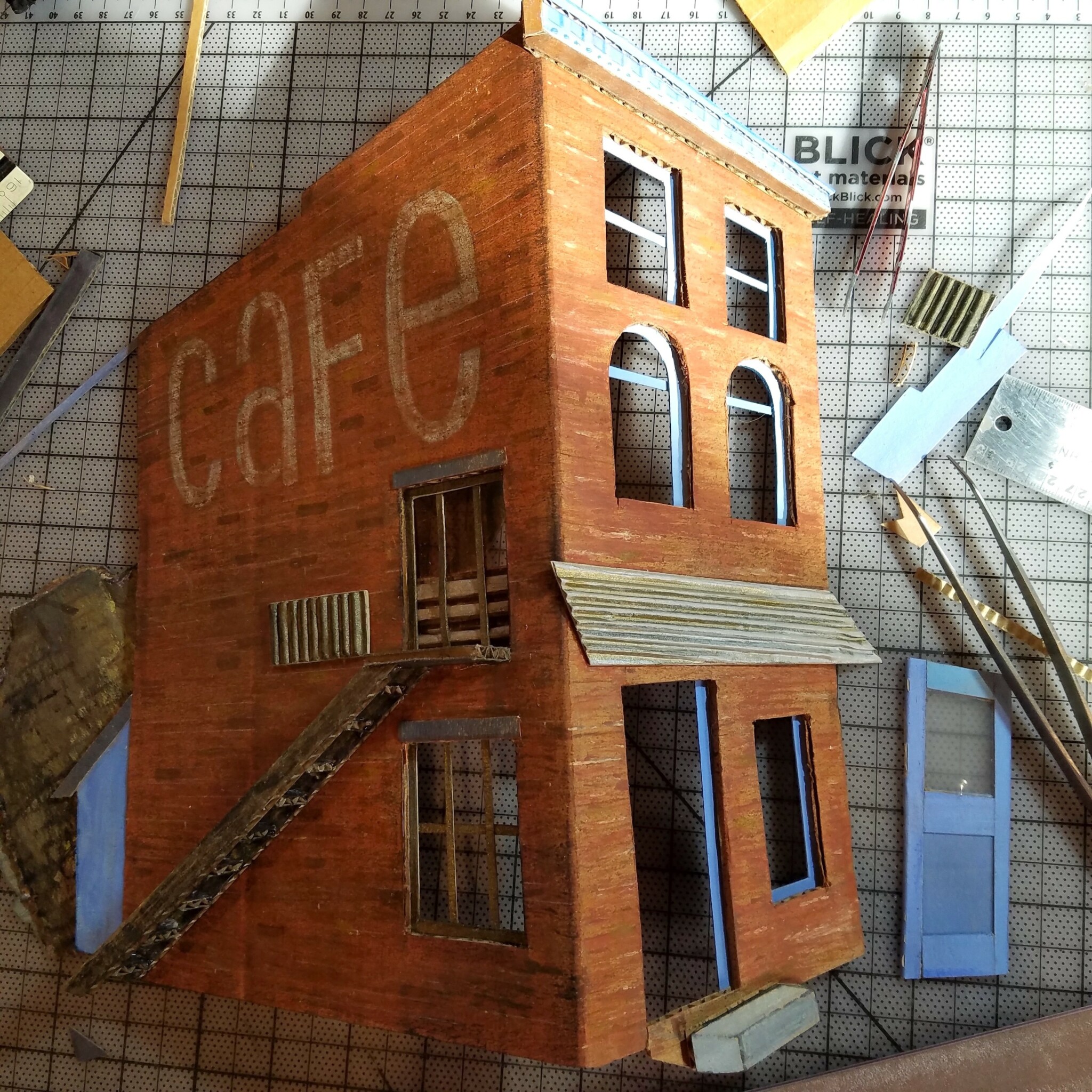
As always, we appreciate you sharing your insights and we’ve got a few more questions for you, but before we get to all of that can you take a minute to introduce yourself and give our readers some of your back background and context?
The Arizona Daily Star once wrote that I was “hard to label” and I’d have to agree. For one thing, my artwork is influenced by where I live, and I’ve moved around the United States a lot. Right now I live in downtown St. Louis, where the historic architecture is inspiring me, much like the Art Deco of Miami Beach inspired me years ago.
Lately I’ve been creating wall-mounted sculptures of vernacular architecture that I call “Building Portraits.” My aim is to personify the humble and plentiful brick buildings of the midwest, and St. Louis in particular. When I look at these structures in their present states, they seem to me like people from all walks of life – some are proud, dignified and well-maintained; others are tired, broken and abandoned. They all have their own beauty. I use only salvaged or reclaimed material for these sculptures, which I think gives them an extra layer of authenticity.
Presently, I’m exhibiting pieces regionally, selling from select shops, and doing commissions. I also sometimes give art workshops with non-profit organizations.
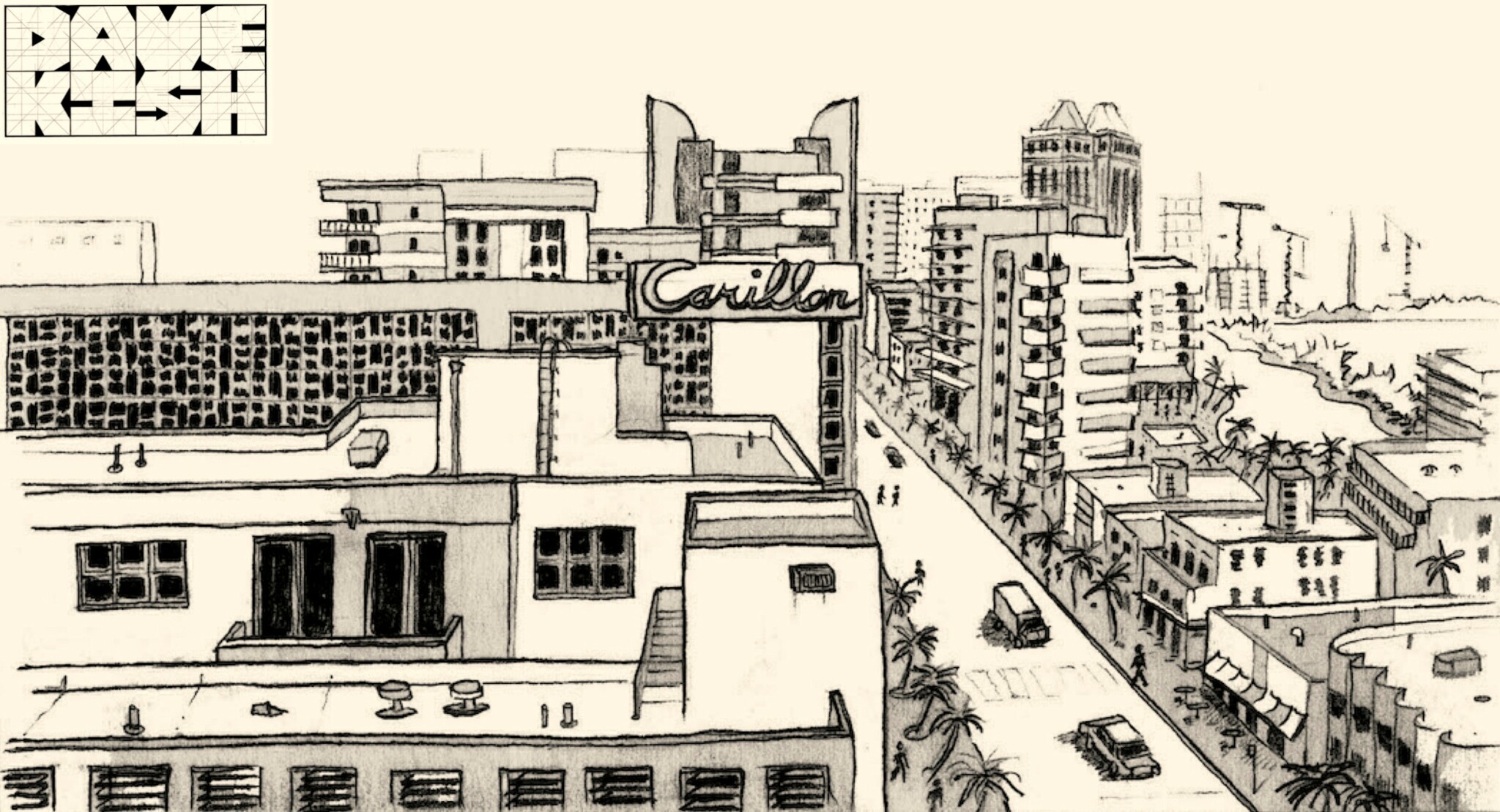
In your view, what can society to do to best support artists, creatives and a thriving creative ecosystem?
Well, I’m just talking about the visual arts here, but what if we flip this question and ask: what can artists, and the greater art world, do to support a thriving society? Because, I see the art world distance itself from the general public all the time, and in many ways. I think it’s fair to ask why art galleries and museums aren’t as broadly popular as, for example, Major League Baseball. There’s a lot of talk about “outreach” in the art world, but it’s mostly preaching to the choir.
It’s been my experience that the average, uninitiated, non-artist person appreciates good art when they see it. And, if their definition of “good” is slightly different from the art world’s, then it’s the responsibility of the art world to bridge that gap. That’s what creativity is! When artists are creative enough to satisfy their need for self-expression AND make work that speaks to a broader audience, then the creative ecosystem will thrive.
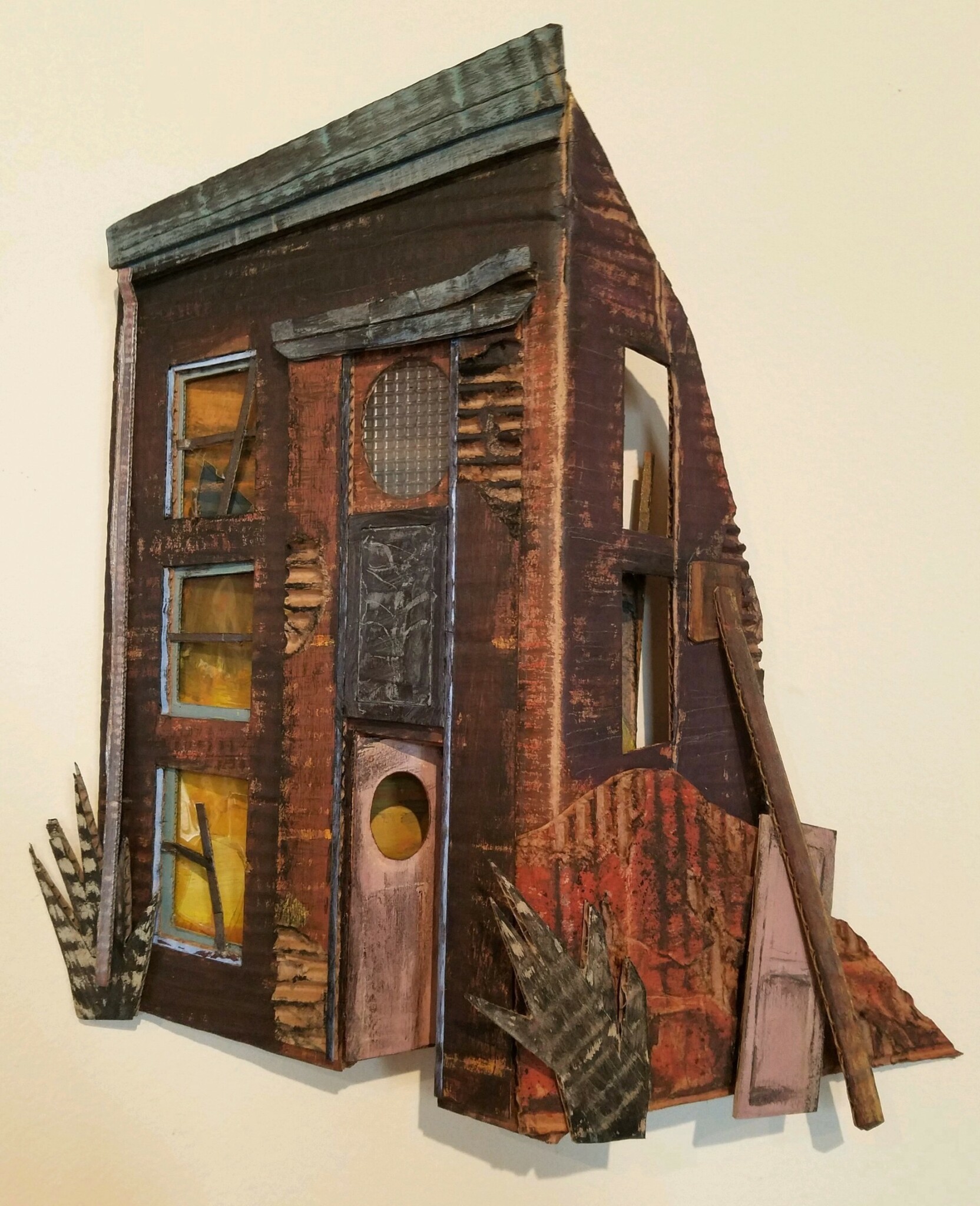
What do you find most rewarding about being a creative?
It’s very rewarding to watch someone get enjoyment out of something I made. That’s what brings the whole enterprise full-circle for me, since art is primarily a form of communication. If there’s no communication, there’s no “art.” I really believe that. If Michelangelo painted the Sistine Chapel ceiling in a giant closet, and no one but him ever saw it, I don’t think it would be art. It might be a vocation, a hobby, a mission, a mania – and it might be just as beautiful and impressive – but it’s not art until someone sees it and receives a message from it, even if that message is as simple as a moment of joy. There have been many times when I was incognito at an opening, watching people enjoy my work. Those are the most rewarding times for me.
Contact Info:
- Website: https://davekish.hotglue.me
